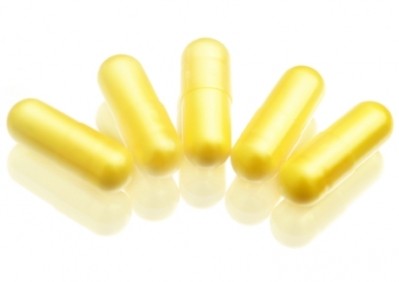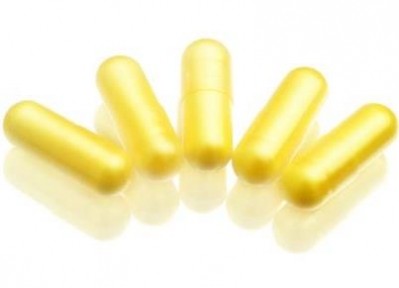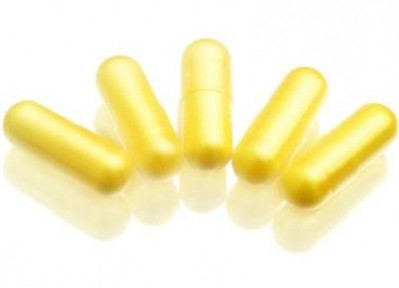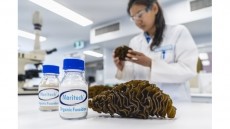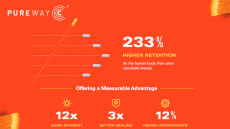Is vitamin D3 more effective than D2?
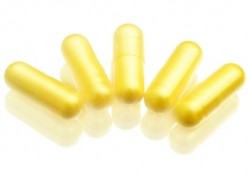
Vitamin D refers to two biologically inactive precursors - D3, also known as cholecalciferol, and D2, also known as ergocalciferol. Both D3 and D2 precursors are transformed in the liver and kidneys into 25- hydroxyvitamin D (25(OH)D), the non-active 'storage' form, and 1,25-dihydroxyvitamin D (1,25(OH)2D), the biologically active form that is tightly controlled by the body.
Many researchers agree that many people are vitamin D deficient and need vitamin D supplements, but the form and recommended dose are still hotly debated.
Several studies have reported that the D3 form of the vitamin is more potent that D2, with a study led by Robert Heaney, MD, from Creighton University in Nebraska reporting earlier this year that D3 was 87% more potent than D2 (Journal of Clinical Endocrinology & Metabolism, doi: 10.1210/jc.2010-2230).
However, a study led by Michael Holick, PhD, MD, from Boston University and published in the American Journal of Clinical Nutrition indicated that fortification of orange juice with either vitamin D2 or D3 produces the same increases in blood levels as consuming either vitamin via capsules.
According to new findings published in the American Journal of Clinical Nutrition, the majority of the evidence supports the hypothesis that D3 is more effective than D2.
Analysis of data from seven randomized controlled trials indicated that “vitamin D3 had a significant and positive effect in the raising of serum 25(OH)D concentrations compared with the effect of vitamin D2”, report researchers led by Laura Tripkovic from the University of Surrey, England.
“This meta-analysis indicates that vitamin D3 is more efficacious at raising serum 25(OH)D concentrations than is vitamin D2, and thus vitamin D3 could potentially become the preferred choice for supplementation,” they wrote.
“However, additional research is required to examine the metabolic pathways involved in oral and intramuscular administration of vitamin D and the effects across age, sex, and ethnicity, which this review was unable to verify.”
Vitamin D forms
The difference between the vitamin D forms may be related to how each form is metabolized, said the researchers.
“Evidence has been accumulating that specifically looks at the metabolism of vitamin D, especially that focuses on the hydroxylation steps at the liver and kidney that were required to convert the inert ergocalciferol and cholecalciferol to the active calcitriol (1,25-dihydroxyvitamin D).
“By centering on the differences in side chains between the 2 forms of vitamin D [ergocalciferol has an additional methyl group on carbon 24], there have been reports that this difference directly affects the rate of ergocalciferol conversion to serum 25(OH)D and also its affinity for vitamin D binding protein and VDR [vitamin D receptor], which are all critical steps involved in the activation of vitamin D.”
Effects
While our bodies do manufacture vitamin D on exposure to sunshine, the levels in some northern countries are so weak during the winter months that our body makes no vitamin D at all, meaning that dietary supplements and fortified foods are seen by many as the best way to boost intakes of vitamin D.
Vitamin D deficiency in adults is reported to precipitate or exacerbate osteopenia, osteoporosis, muscle weakness, fractures, common cancers, autoimmune diseases, infectious diseases and cardiovascular diseases. There is also some evidence that the vitamin may reduce the incidence of several types of cancer and type-1 and -2 diabetes.
Source: American Journal of Clinical Nutrition
Published online ahead of print, doi:10.3945/ajcn.111.031070
“Comparison of vitamin D2 and vitamin D3 supplementation in raising serum 25-hydroxyvitamin D status: a systematic review and meta-analysis”
Authors: L. Tripkovic, H. Lambert, K. Hart, C.P. Smith, et al.

